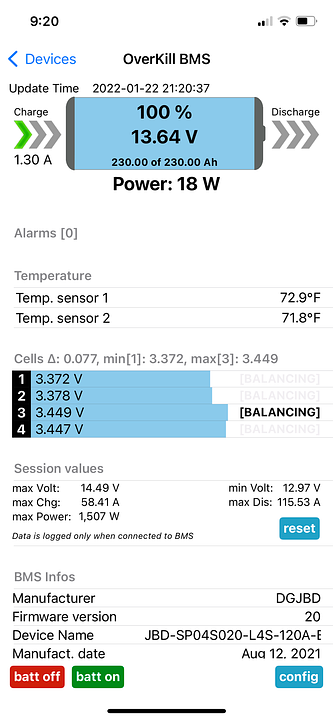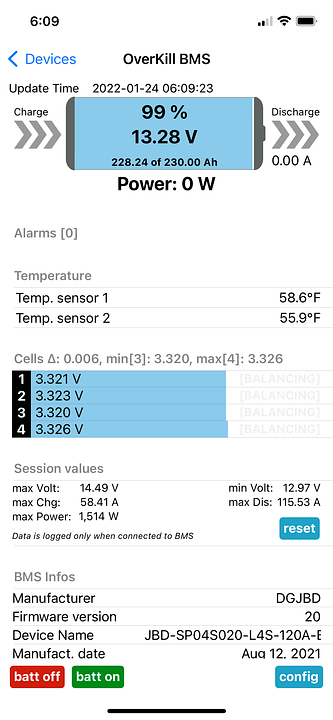John Frum
Tell me your problems
- Joined
- Nov 30, 2019
- Messages
- 15,233
@atti suggest you make a new thread and I will help you.I am in the same boat, due to the huge capacity (280Ah) I am unable to top balance my cells. I wish I had something like 50-100A charger at 3.2v. Can I use buck converter charger like this and make it charge faster? Any experience of using these sort of products?





